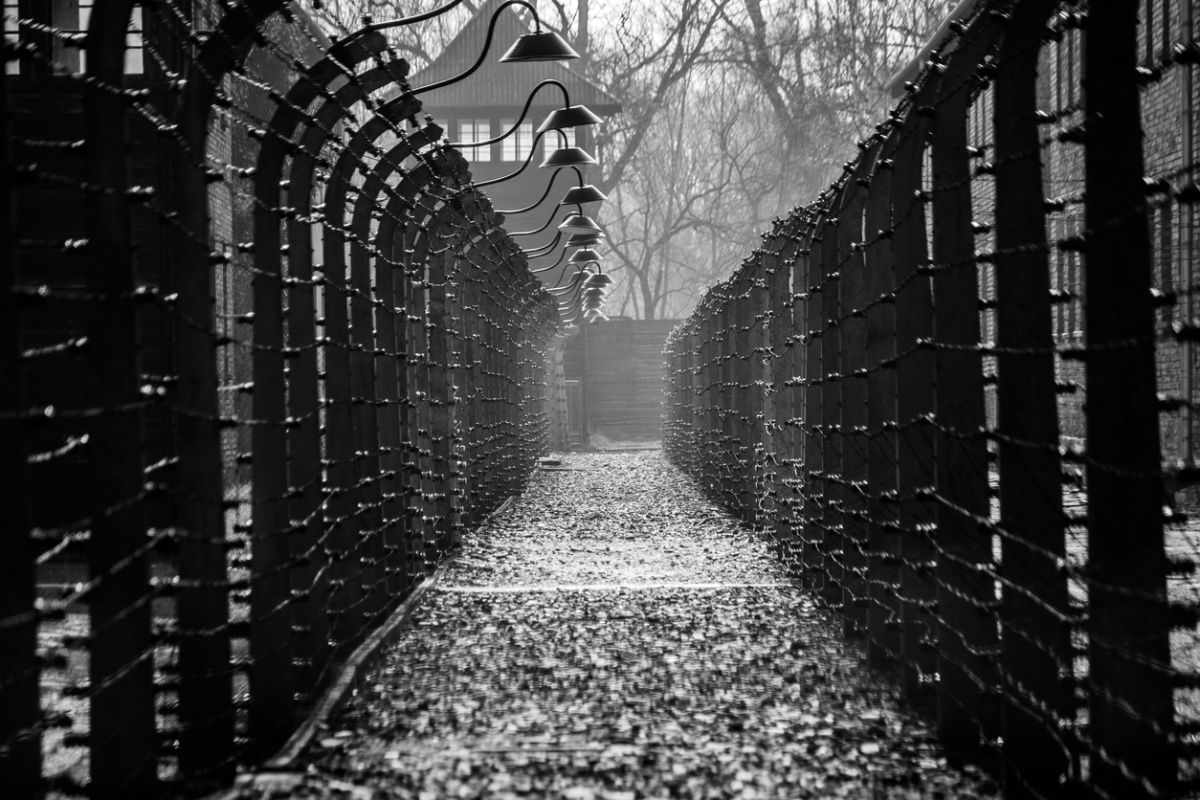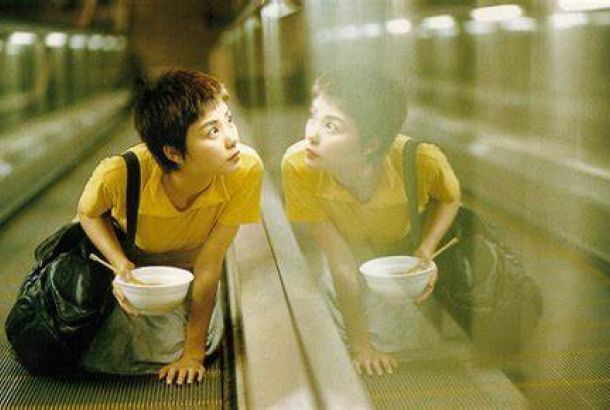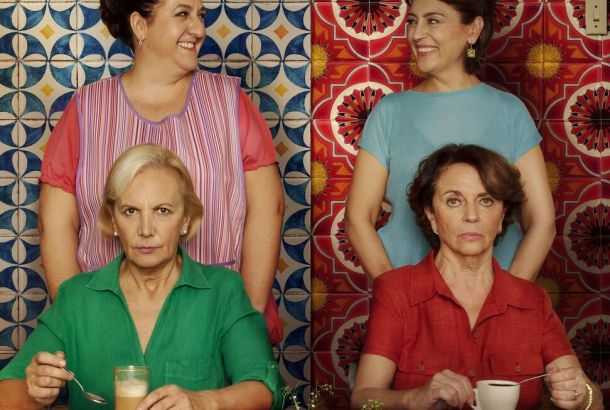Astray in hell – The Painted Bird reviewed

Quickly labelled one of the most controversial films in recent years, The Painted Bird premiered at last year’s Venice Film Festival to huge walkouts, and has been polarising audiences ever since.
After surprisingly taking a spot on the Oscar shortlist for best international feature film, it has finally been released in cinemas. But is there any value behind the controversy?
The film is based on Jerzy Kosiński’s 1965 novel of the same title, taking place in Eastern Europe during World War II, and follows a young Jewish or Gypsy boy. After he is forced to leave his aunt’s home, his purposeless wayfaring through the war-torn country begins. In search of food and shelter he encounters all kinds of people – starting from penurious peasants barely making ends meet, through terrified priests desperately trying to console the masses, and ending up with soviet and nazi soldiers and officials.
Like such classics as 1985 Come and See or 1975 Salò, The Painted Bird aims to explore the most gruesome recesses of the human nature, and a breakdown of moral values in a lawless time.
But contrary to the aforementioned films, Vaclav Marhoul’s picture lacks in passion and heart. Although the novel is a sincere, deeply personal tale, the film adaptation does not manage to fully establish a connection between the main character and the viewer. As the range of sexual depravity, pointless violence and unfounded hate unfolds, the audience becomes more distanced from the story and emotionally unavailable – and the pure disgust caused by the depicted cruelty is not enough to make up for it.
There is, nevertheless, much to praise in the work of the film-making team. The costume and production design lets the viewer immerse themselves in the story from the opening scenes. Meanwhile, an almost 3-hour-runtime constantly delivers stunning black-and-white cinematography, creating an impressive contrast between breathtaking wide shots and terrifying closeups of brutality.
It wouldn’t be fair to say that The Painted Bird is an entirely failed effort. Its explicit content has a clear purpose and works greatly for a message which is clear but not over-the-top. However, the story doesn’t stand out among all the works that Marhoul is trying to reference and pay homage to – nor does it live up to the dormant potential of Kosiński’s novel.
3/5.







